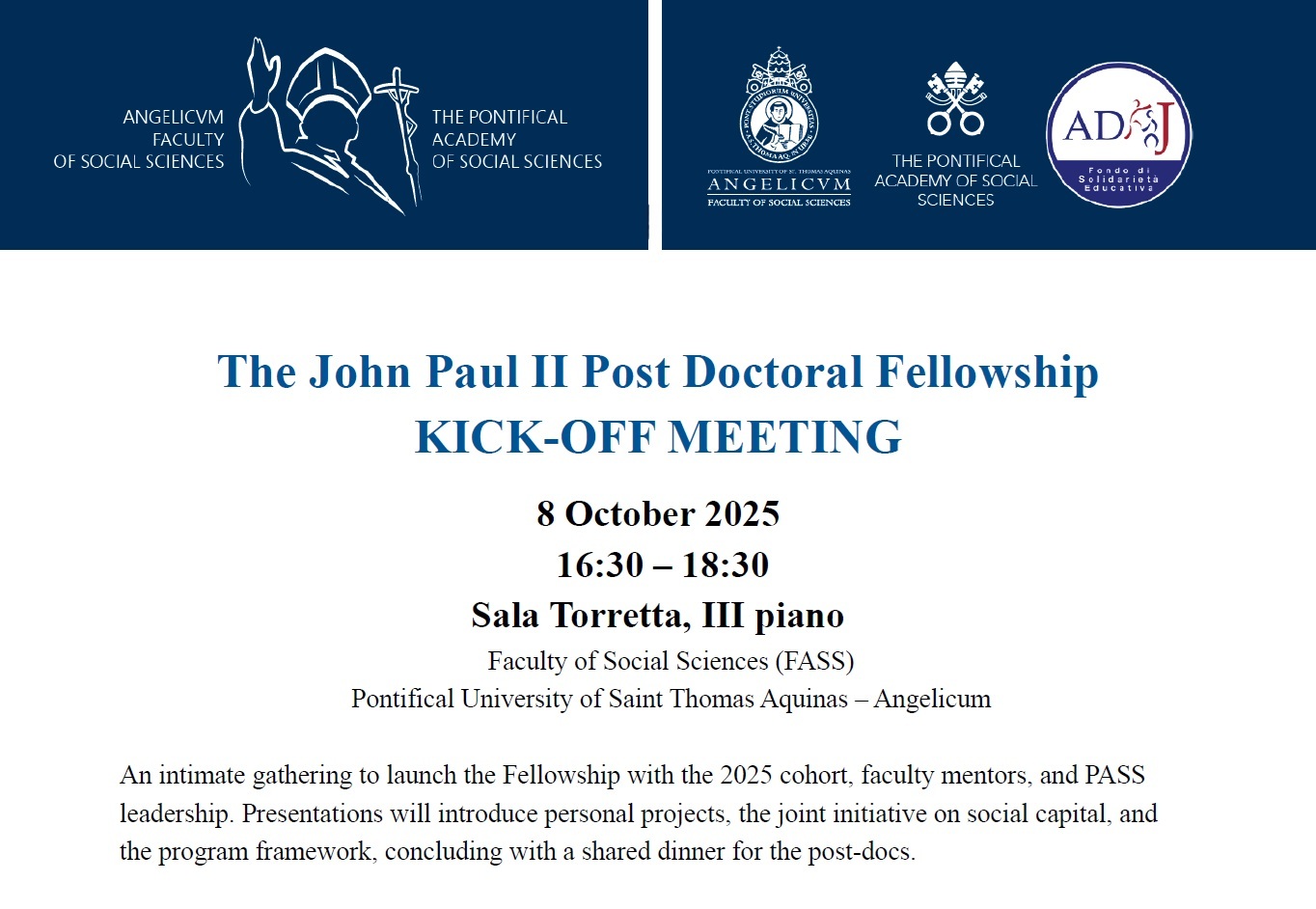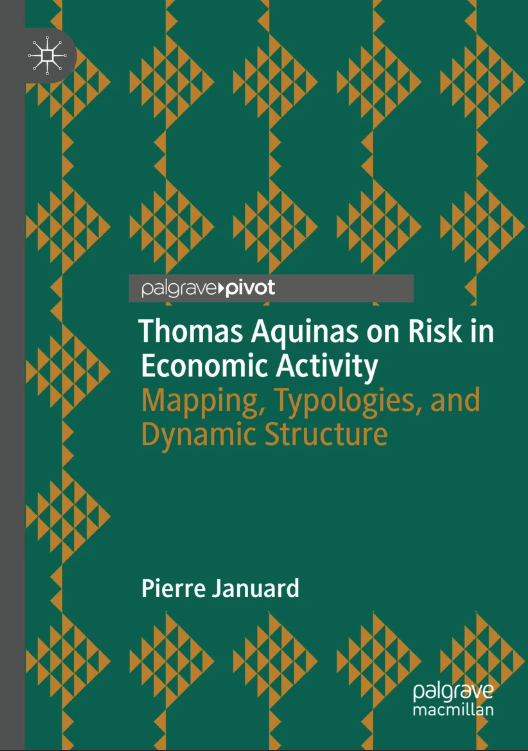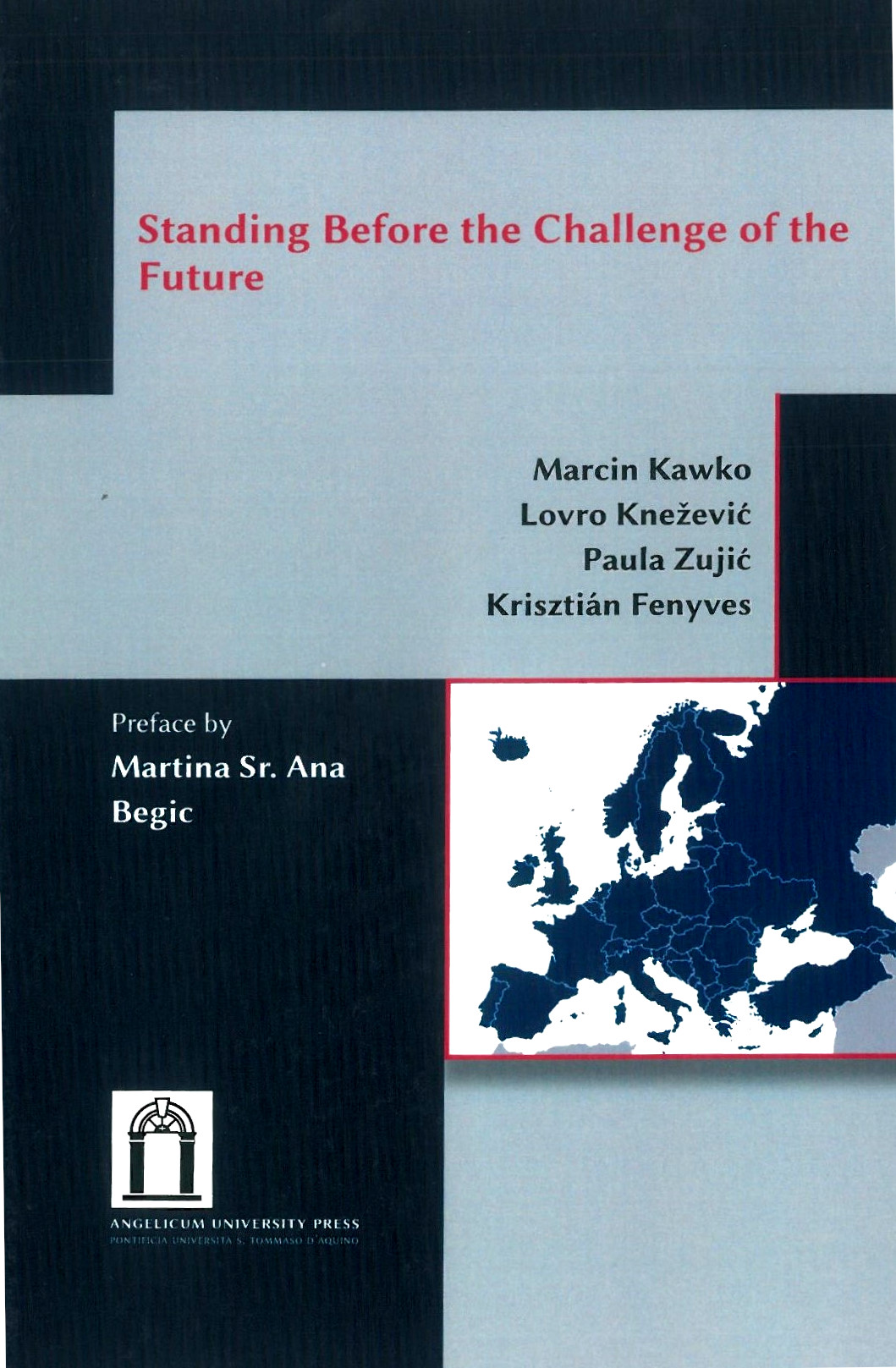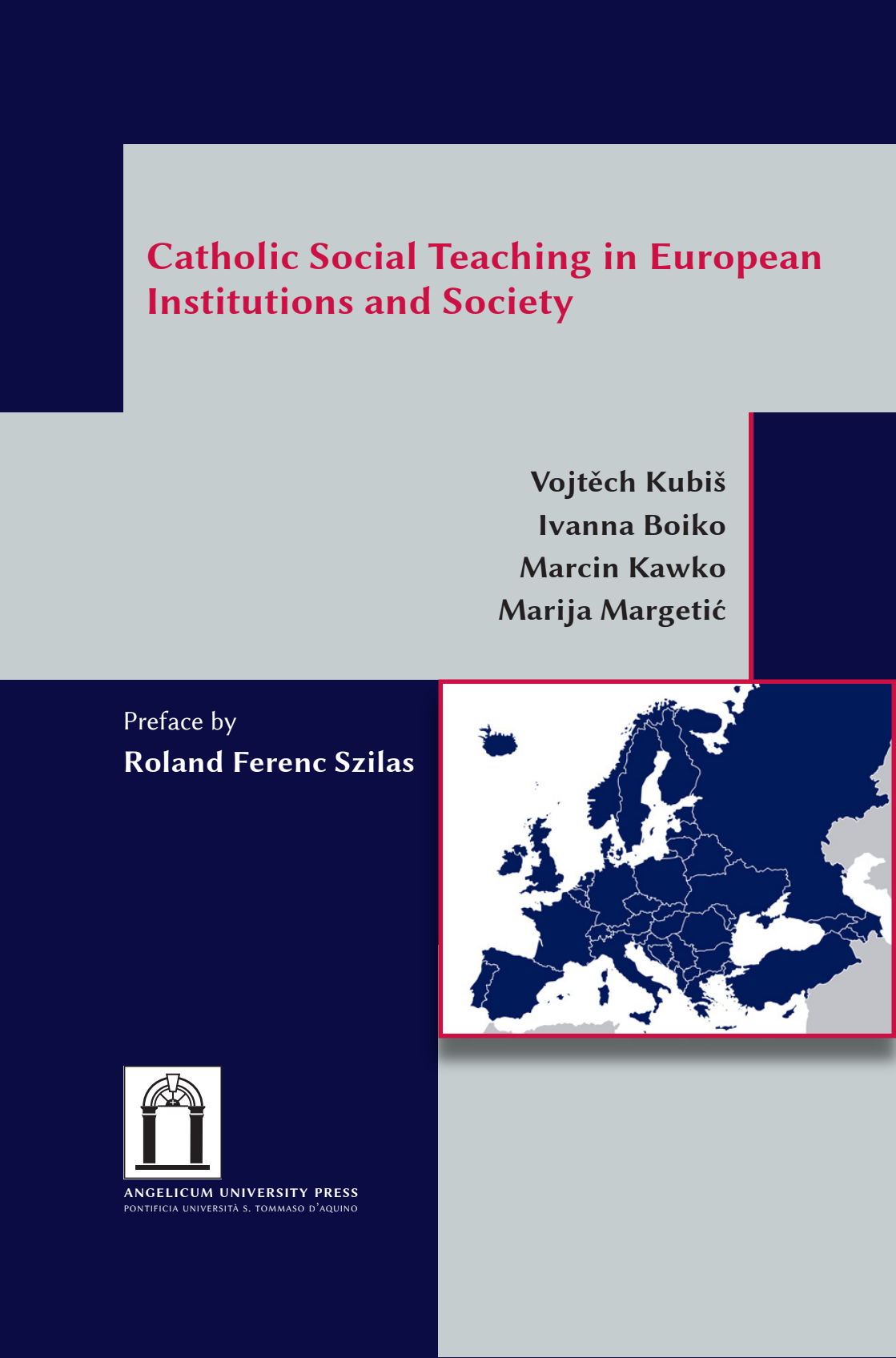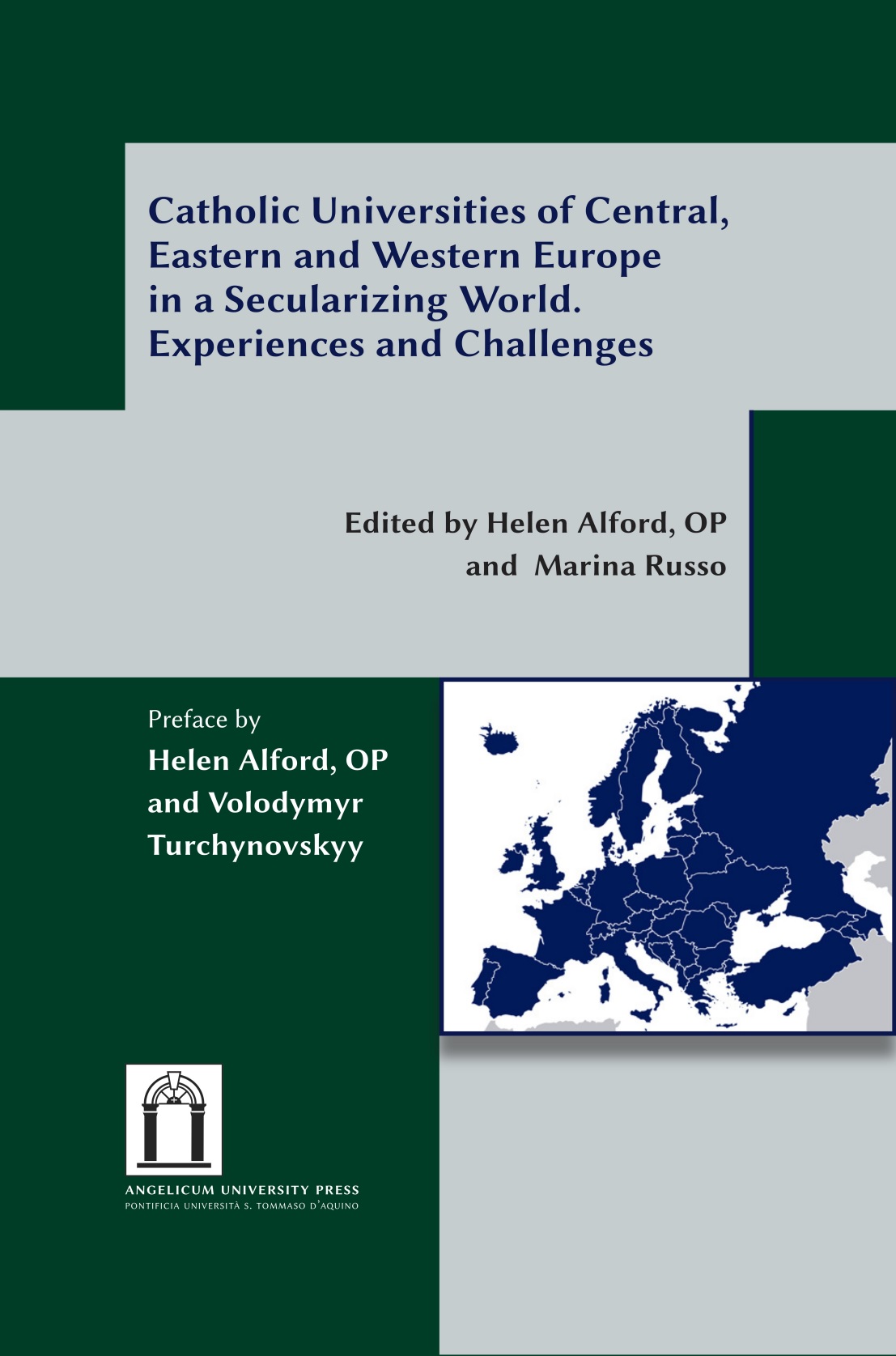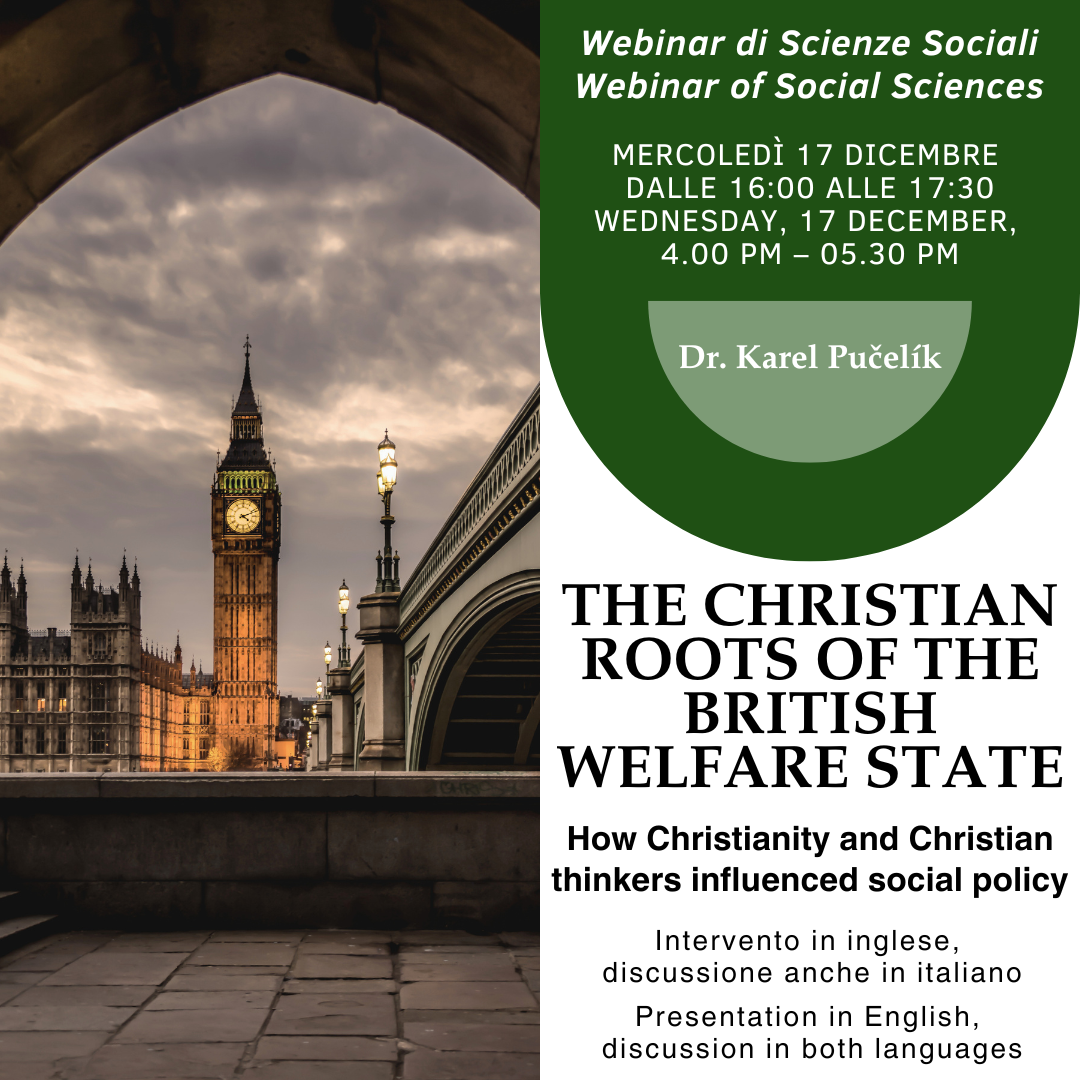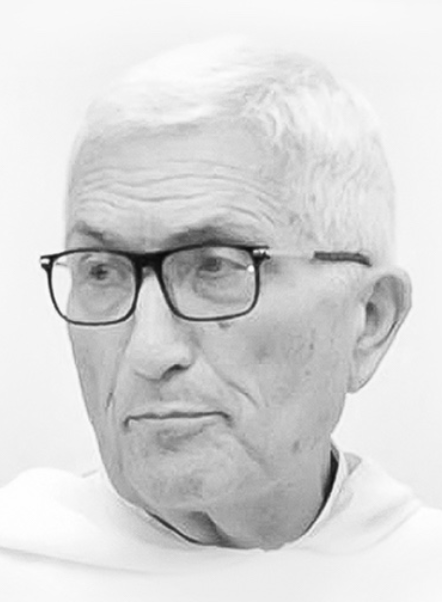Constructing a nation from what used to be the ethnically and culturally diverse population of the Moldovan Soviet Socialist Republic has proved to be a difficult process, the outcomes of which are still far from certain. This process has taken place simultaneously with other major social transformations involved in building state institutions and creating the foundations of a political democracy and a market economy. The difficulties that have accompanied these transformations, such as secessionist conflicts related to state building, or increases in poverty levels related to economic transition, exacerbated some of the tensions which are inherent in any attempt at nation building.
Soviet Socialist Republic has proved to be a difficult process, the outcomes of which are still far from certain. This process has taken place simultaneously with other major social transformations involved in building state institutions and creating the foundations of a political democracy and a market economy. The difficulties that have accompanied these transformations, such as secessionist conflicts related to state building, or increases in poverty levels related to economic transition, exacerbated some of the tensions which are inherent in any attempt at nation building.
Independent Moldova inherited from the Soviet Union a number of serious challenges rooted in the cultural and ethnic make-up of its population. The very idea of independence was questioned not only by large segments of the minority and titular ethnic groups, which supported the preservation of the Soviet Union, but also by a substantial portion of the titular group’s political and cultural elite, which saw unification with Romania as the ultimate goal of Moldova’s political transformation. The issue of unification played a major role in structuring the political discourse during the late Soviet period and the early years of independence. 1 This issue, while reflecting the insecurity and contentious nature of the titular groups’ identity, also proved to be an important catalyst in the political mobilization of ethnic minorities in the Transnistrian and Gagauzian regions, which resulted in open confrontation between the national centre and the minority-dominated regions in the early 1990s. 2 Debates about the value of maintaining national independence, as well as discussions about approaches to solving ethno-territorial conflicts and about strategies for accommodating cultural and ethnic heterogeneity, have continued to occupy prominent places in the country’s political agenda throughout the period since independence.
When one considers the persistence of these debates, in combination with other well-known facts such as, for example, the repeated and profound failures of the economic transition that has earned Moldova the title of the poorest nation in Europe 3, a sceptical view on the prospects of Moldovans developing a strong loyalty to their newly established country might seem to be justified. In reality, all of these factors have not prevented the citizens of Moldova from fostering deeply rooted attachments to their country. Moldova’s scores on quantitative indicators which measure the strength of national identity – including the strength of national pride, the level of support for independence, and the level of national unity – are similar to the scores of countries that are generally considered to have been more successful in their pursuit of nation-building goals after the fall of communism.
Some recent studies also highlight the importance of what is usually conceptualized as a set of ethnic characteristics for the success of any nation-building project. 4 Popular support of state institutions and shared political values and principles are often seen as being insufficient for constructing a nation. Ethnic characteristics based on a belief of common descent and/or shared historical, linguistic, and religious experiences are thus essential for creating a sense of a “natural” political community. When there is a high degree of disagreement about the content of the ethnic identity of a titular group, as is the case in Moldova, nation building projects faces some additional challenges.
Moldovanism and Romanianism are two competing visions of the titular group’s ethnic identity in Moldova. Both are comprised of well elaborated sets of values and beliefs that serve as a basis for political mobilization and provide coherence for policy agendas and political goals articulated in the public domain. Borrowing some insights from the literature of social anthropology, Table 1 below provides a simplified schematic representation of the major features of the rival ethnic identity complexes.
Table 1: Alternative Identity Complexes of the Titular Ethnic Group in Moldova
|
Component |
Moldovan identity |
Romanian identity |
|
Basic unifying features |
Moldovan history |
History of Romanians |
|
Basic distinguishing features |
Basically dissimilar |
Basically similar |
|
Compatibility of multiple ethnic identities |
Competitive |
Complementary |
|
Domestic Policy |
Preference for Moldovan language, culture, history, symbols |
Preference for Pan-Romanian language, culture, history, symbols |
|
Foreign Policy |
Eastern (multi-vector) orientation |
Western orientation |
For Moldovanists, the essential unifying features of their identity complex are history, culture, religion, and language, all of which are claimed as being distinct and different from Romanian. The advocates of Romanianism question the distinctiveness of these characteristics and see them, at most, as regional variations of a common Romanian history and pan-Romanian culture. Thus Moldovan and Romanian identities are seen by Romanianists as complementary, while for Moldovanists, they are competitive. Adherence to a different set of beliefs about the titular group’s identity entails different preferences about domestic and foreign policy. Moldovanism calls for the promotion of a Moldovan version of culture, history, and symbols, and, at least in its classical version, for a multi-vector foreign policy orientation. Romanianism advocates placing culture, history, and symbols in a pan-Romanian context and has an unequivocal Western orientation in terms of foreign policy.
What follows here is a short review of how differences on matters of identity have been represented in the competition between elites over the right to formulate identity-related policies and to speak on behalf of the titular group. Debates over Moldovanism and Romanianism provided the strongest inspiration for political action in the early 1990s. The Romanist orientation of key leaders in the Popular Front, a mass political movement that dominated political life in Moldova at the beginning of the 1990s, explains the political salience of a policy agenda associated with a Romanian identity complex. The passage of a language law that proclaimed the titular group’s language as the state language of the Moldovan Soviet Socialist Republic, the switch from the Cyrillic to Latin alphabet, the adoption of the Romanian anthem Desteapata-te Romane (Arise, Romanian!), and the introduction of the history of Romanians into the educational curricula, can all be regarded as outcomes of the pursuit of policies articulated by the proponents of Romanianism.
The rapid decline of the Popular Front’s popularity and its organizational disintegration dramatically decreased the political clout of groups and organizations associated with Romanianism, but did not mean that political battles over the symbols associated with different identity complexes ceased. At the same time, Moldovanists, whose political victory over competitors from the ranks of the Popular Front was solidified by the results of the 1994 parliamentary elections, chose to focus on only some of the potential conflicts over identity-rooted policy issues with the proponents of Romanianism.
The 1994 referendum on independence was one of these battles. Initiated by the Moldovan president Snegur, who is often credited with providing programmatic coherence to Moldovanism in his public speeches 5, the referendum marked, at least temporally, a closing of the window of opportunity for the active pursuit of the unification agenda. The referendum results, which were easily forecasted both by referendum supporters and opponents, had a demobilizing effect on the Romanianist camp and took the unification issue off the active political agenda.
Among the battles with Romanianists that Moldovanists chose not to take up in the early days, was the question of teaching history. Starting in the early 1990s the “History of Romanians” became the official version of history taught in Moldovan schools. Textbooks on the “History of Romanians” used the term “Romanian” to describe Moldova’s titular group and its language. The textbooks also typically presented a narrative that encompassed all the Romanian lands and devoted much space to the history of the other Romanian political units, such as Transylvania, Bucovina, as well as the old kingdom. 6 Hesitation on the part of successive Moldovanist governments to change the teaching of history, which undermines the very legitimacy of the Moldovanist discourse, is attributed to the predominance and entrenchment of Romanianist - oriented intellectuals and artists in educational and cultural institutions, as well as to the ability of Romanianists to mobilize a significant number of people for staging public protests against plans to reform the teaching of history. 7 The situation with history textbooks was probably perceived by the Moldovanist governments during the 1990s as less threatening for their political future than the perpetuation of ambiguity about the prospects for unification, which they effectively minimized by holding the 1994 referendum on independence.
The priorities of Moldovanists were also reflected in the Nationality Concept, a law passed by the parliament in December 2003 8. The law embodies key values of Moldovanism and, while outlining numerous aspects and goals of nationality policy in Moldova, pays special attention to key concerns of advocates of Moldovanism. For example, the law stipulates that the tasks of nationality policy include neutralizing recurrent attempts to “demoldovanize” the titular group and to negate the existence of the “Moldovan nation”. The law reaffirms the use of the term ‘Moldovan’ for the name of the titular group and for the name of the titular group’s language. It also outlines some of the key similarities and differences between the Moldovan and Romanian “people” and their respective languages. 9 As the discussion of the provisions of the law by the authors of the draft and supporters of the law indicate, strengthening Moldovanist identity and highlighting the value of Moldovan statehood were seen as important objectives of the bill. 10
group’s language. It also outlines some of the key similarities and differences between the Moldovan and Romanian “people” and their respective languages. 9 As the discussion of the provisions of the law by the authors of the draft and supporters of the law indicate, strengthening Moldovanist identity and highlighting the value of Moldovan statehood were seen as important objectives of the bill. 10
NOTE:
1 For a discussion of political mobilization of a titular group and ethnic minorities during transition years see, among others, William Crowther, “Ethnic Politics and the Post-Communist Transition in Moldova”, Nationalities Papers 26 (1): 147, 1998; and Charles King, “The Moldovans: Romania, Russia and the Politics of Culture”, Hoover Institution Press, 2000.
2 On conflicts in Transnistria and Gagauzia see, for example, Chinn J. and Steven Roper D., “Territorial Autonomy in Gagauzia”, Nationality Papers, Vol. 26, No. 1, 1998, pp. 87 – 101; and Neukirch, Claus, “Autonomy and Conflict-Transformation: The Gagauz Territorial Autonomy in the Republic of Moldova,” in Kinga Gal, ed., Minority Governance in Europe. Budapest: Open Society Institute, 2002.
3 Cf. Spanu V., “Why is Moldova Poor and Economically Volatile?”, in Ann Lewis, The EU & Moldova. On a Fault-line of Europe, Federal Trust for Education and Research, London, 2004, p. 104.
4 See Brubaker R., “The Manichean Myth: Rethinking the Distinction between ‘Civic’ and ‘Ethnic’ Nationalism”, in Hanspeter Kriesi et al. (eds.), Nation and National Identity: the European Experience in Perspective, Chur: Ruegger, 1999.
5 Stefan Ihrig, “Romanian vs. Moldovanism-National Identity Negotiated in History Teaching in Moldova”, paper delivered at the ASN-Convention, April 2005.
6 Ibidem.
7 Ibidem.
8 Ibidem.
9 “Conceptia Politicii Nationale a Republicii Moldova”, Monitorul Oficial al Republicii Moldova, N.1-5/24, 01.01.2004.
10 Cf. Grek, I. and A. Negutsa, “Kontseptsiya gosudarstvennoj national’noj politiki I ee protivniki,” Nezavisimaya Moldova, 7.10.03; Shornikov, P. “Kontseptsiya nadezhdy”, Nezavisimaya Moldova, 23.10.03.
 IT
IT  EN
EN 
